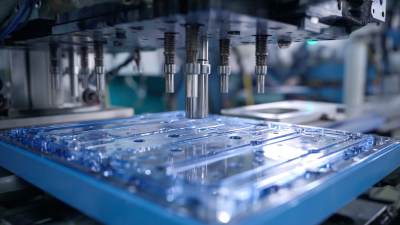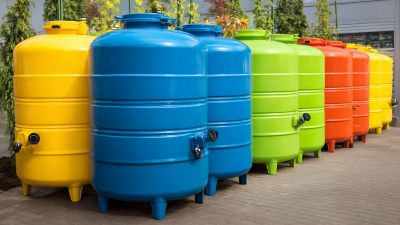As the global demand for durable and efficient storage solutions continues to rise, plastic storage tanks have emerged as a vital component across various industries, including agriculture, chemical processing, and water treatment. According to a recent market research report by MarketsandMarkets, the global plastic tank market is projected to reach USD 3.6 billion by 2025, growing at a CAGR of 4.5% from 2020. This growth can be attributed to the increasing need for cost-effective and corrosion-resistant alternatives to traditional storage solutions. At the 2025 China 138th Import and Export Fair, stakeholders will have the opportunity to explore innovations in plastic storage tanks, showcasing advancements in materials, design, and manufacturing processes that align with sustainable development goals. This event not only highlights the importance of plastic storage in addressing contemporary storage challenges but also serves as a platform for collaboration and knowledge exchange among industry leaders.
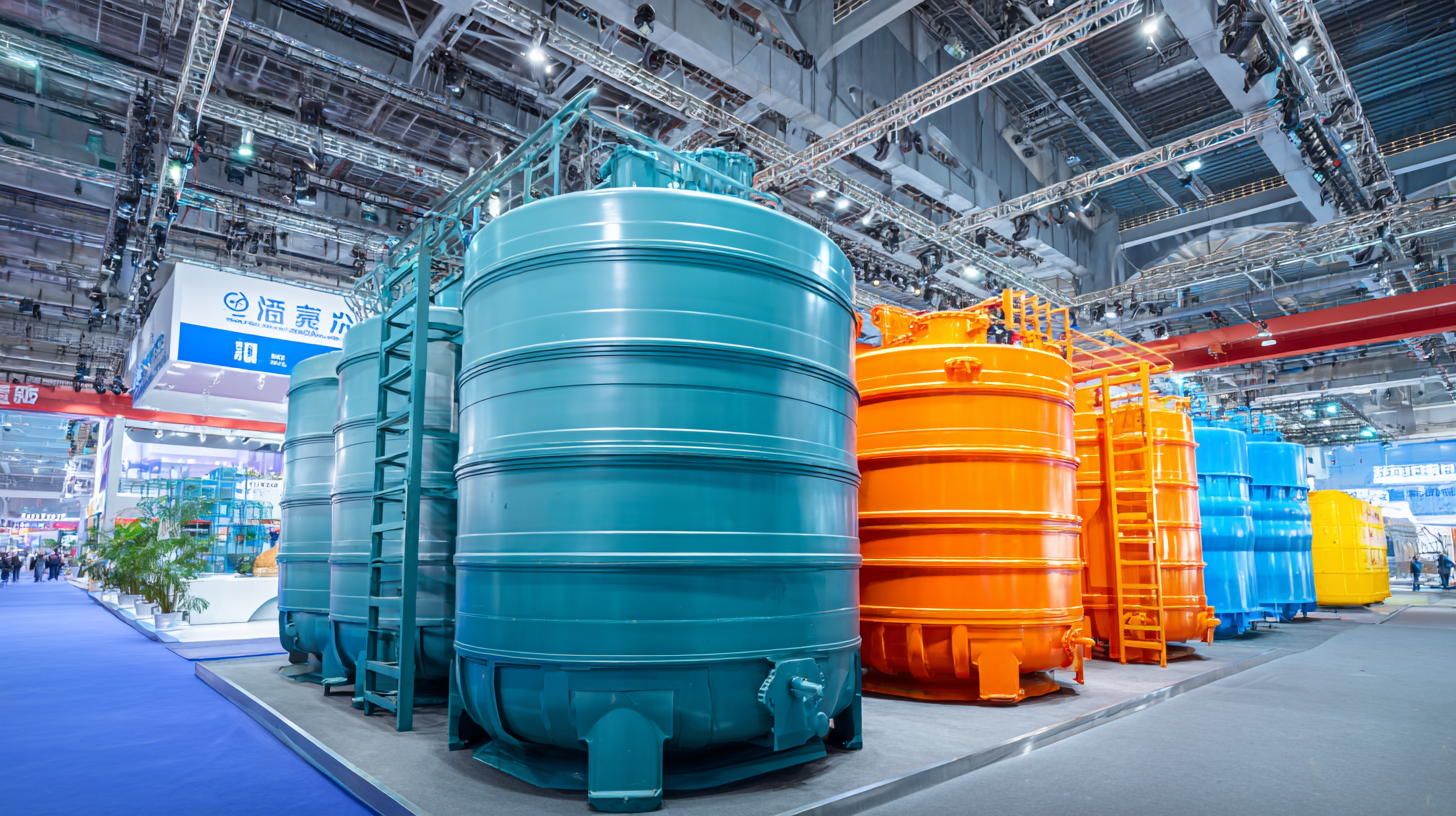
As we approach the 2025 China 138th Import and Export Fair, the plastic storage tank industry is on the brink of transformative changes driven by technological advancements. By 2025, the global market for plastic storage tanks is projected to reach approximately USD 2.5 billion, with a significant share attributed to innovations in manufacturing processes. These advancements are not only enhancing production efficiency but also improving the durability and environmental compliance of plastic storage tanks. For instance, the introduction of advanced polymer formulations and automation in production lines is expected to reduce manufacturing costs by up to 20%, as reported by industry analysts.
Tips: When choosing a plastic storage tank, consider factors such as chemical compatibility, temperature tolerance, and regulatory compliance to ensure long-lasting performance in your specific applications.
Furthermore, sustainability remains a key focus, with manufacturers increasingly investing in eco-friendly materials. The trend towards recyclable polymers and low-emission production methods will likely become standard practices by 2025, aligning with global initiatives to reduce plastic waste. It's anticipated that the use of bioplastics could increase by 15% in the sector, enhancing not only the environmental footprint but also appealing to a market increasingly concerned with sustainability practices.
Tips: Look for manufacturers that emphasize sustainability in their production processes, as this can lead to better long-term value and compliance with future regulations.
| Dimension | Current Average Prices (2023) | Projected Prices (2025) | Technological Advancements Impact | Sustainability Rating |
|---|---|---|---|---|
| 500 Gallon Tank | $800 | $750 | Improved manufacturing efficiency and durability | B+ |
| 1000 Gallon Tank | $1,200 | $1,100 | Introduction of recycled materials in production | A |
| 1500 Gallon Tank | $1,500 | $1,350 | Smart technology integration for monitoring | A- |
| 2000 Gallon Tank | $2,000 | $1,750 | Enhanced resistance to chemicals and UV exposure | A |
| 3000 Gallon Tank | $2,500 | $2,200 | Automation in production processes | B |
The Asia-Pacific region is witnessing a significant rise in market demand for plastic storage tanks, driven by various industrial applications across sectors such as pharmaceuticals, food and beverage, and chemicals. As highlighted in recent market analyses, the expected growth in demand is closely associated with the increasing emphasis on sustainable practices and the shift towards using lightweight, corrosion-resistant materials in manufacturing. This trend is anticipated to be a pivotal discussion point at the upcoming 2025 China 138th Import and Export Fair, where industry stakeholders will gather to explore advanced solutions and innovations in plastic storage tank technology.
Additionally, the overarching trend in the global packaging sector reveals a robust expansion of plastic packaging markets, with the pharmaceutical plastic packaging segment projected to reach USD 681.33 billion by 2034. This promising outlook underlines the critical role that plastic storage tanks play in maintaining product integrity and compliance with health regulations. As businesses in the Asia-Pacific region adapt to evolving market demands, there will be a clear shift towards adopting advanced plastic storage solutions that not only meet regulatory requirements but also contribute to environmental sustainability, paving the way for future growth in this domain.
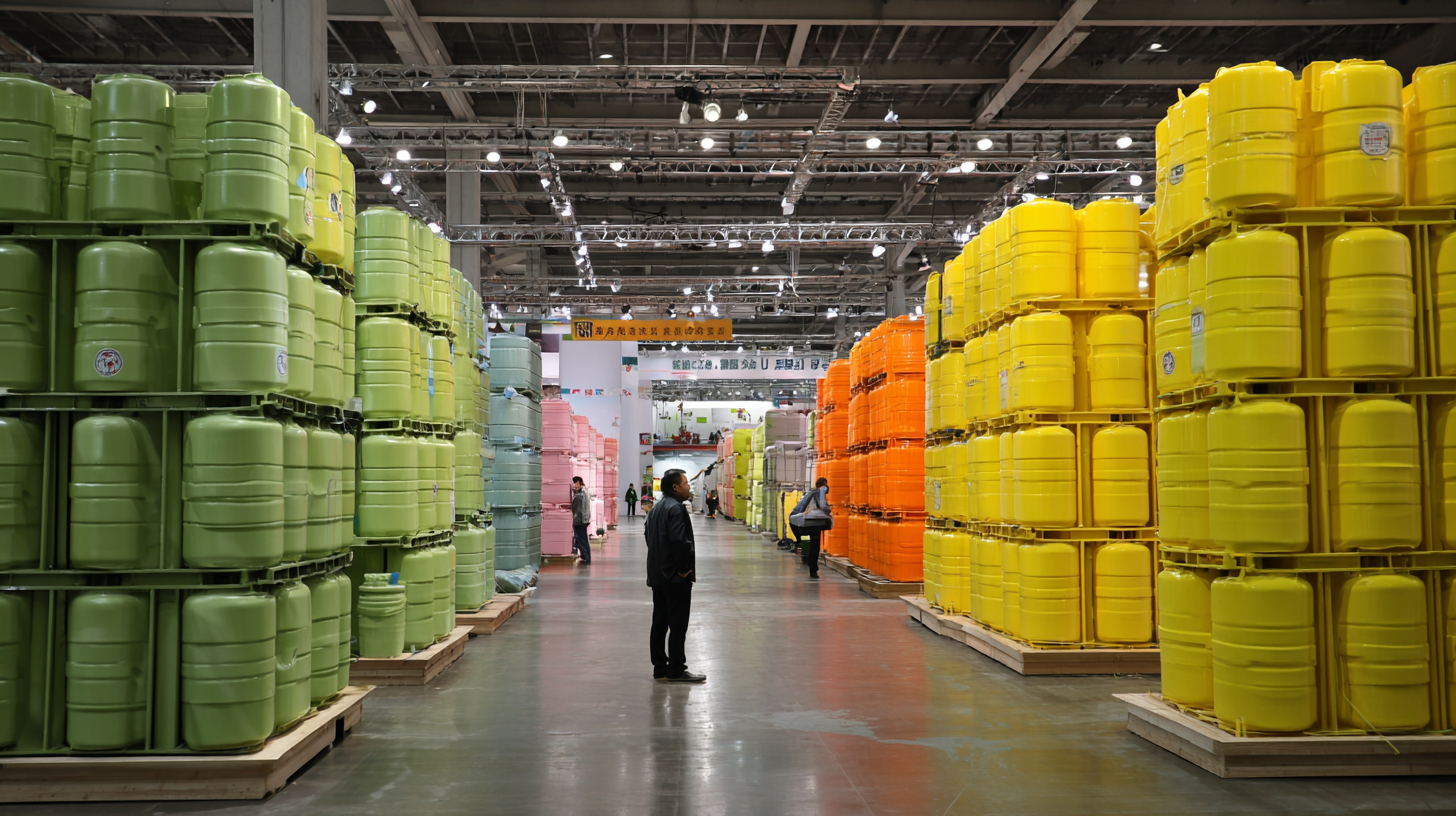
As the global emphasis on sustainability intensifies, the plastic storage tank industry is undergoing significant transformations. By 2025, the recyclability of plastic storage tanks will be a pivotal concern, influencing both production practices and consumer choices. Manufacturers are increasingly adopting innovative materials and processes to enhance the lifecycle of their products, aiming to minimize waste and reduce the environmental footprint. Advances in biodegradable plastics and recycling technologies are expected to lead the charge, paving the way for more sustainable options in industrial applications.
Moreover, environmental concerns surrounding plastic usage cannot be overlooked. As public awareness grows, companies will need to address issues such as pollution and resource depletion. Compliance with environmental regulations will drive the development of eco-friendly alternatives that not only meet operational needs but also align with corporate social responsibility goals. The 2025 China Import and Export Fair will serve as a vital platform for showcasing these advancements, promoting a new era of environmentally responsible practices in the plastic storage tank sector.
As the 2025 China Import and Export Fair approaches, the regulatory landscape for the plastic storage tank industry is poised for transformative changes. Recent reports indicate that the global plastic storage tank market is projected to grow at a CAGR of 5.2%, driven by increasing demand across sectors such as chemical, food and beverage, and wastewater management. In China, the implementation of stricter environmental regulations has already begun to influence market practices. For instance, the Ministry of Ecology and Environment recently proposed regulations aimed at minimizing the environmental impact of plastic products, which could lead to enhanced standards for production and end-of-life disposal of plastic storage tanks.
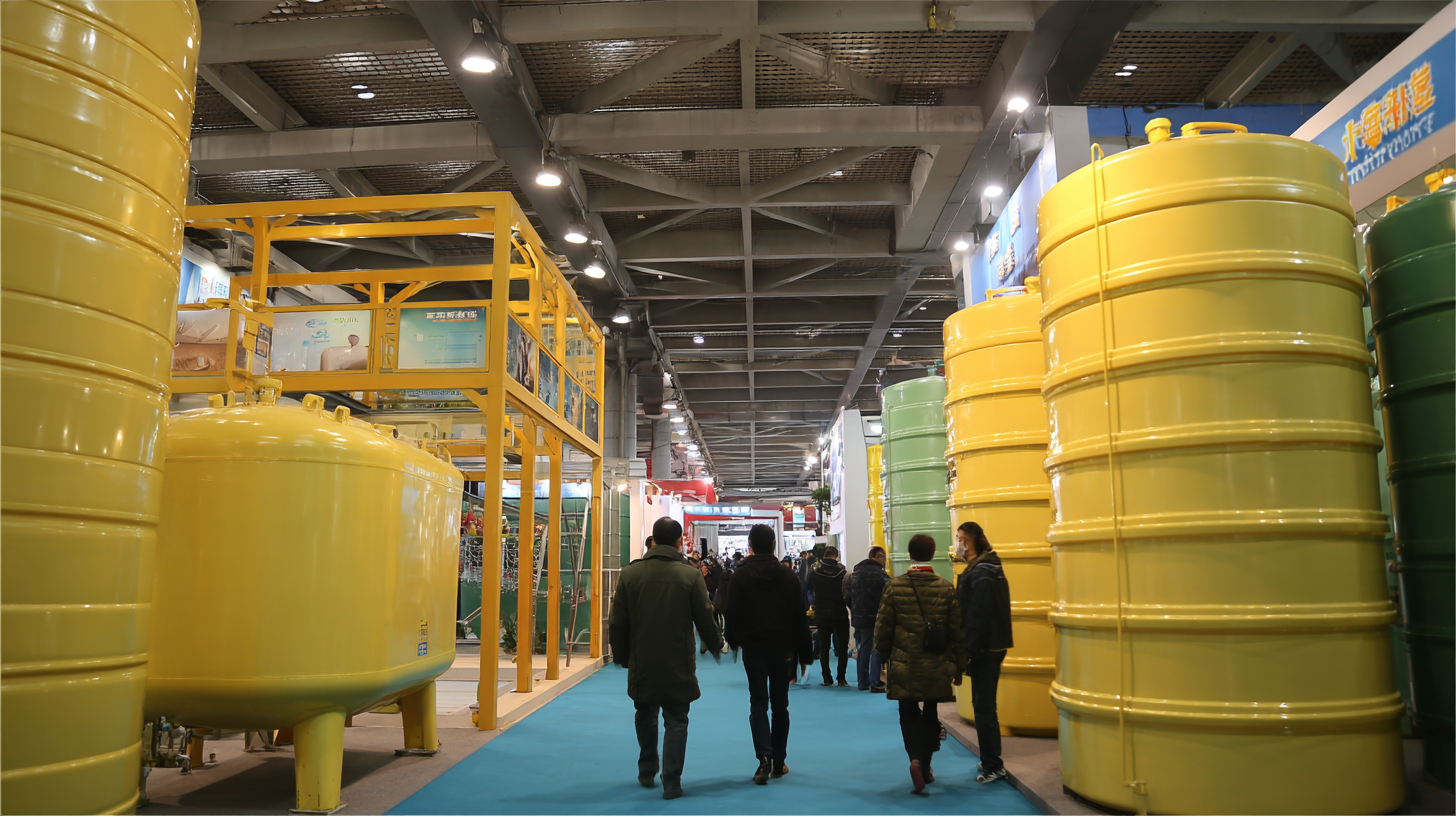
Furthermore, industry stakeholders must also navigate new compliance requirements, including the compliance with the revised quality standards for storage tanks. A report by the China Association of Plastics Industry indicates that over 60% of manufacturers are already investing in upgraded facilities to meet these anticipated regulations. The shift towards more sustainable practices is not just a regulatory response but also a market-driven necessity. With a significant portion of consumers now prioritizing eco-friendly products, manufacturers will need to innovate continually to meet both regulatory demands and changing market expectations during and beyond the fair.
The upcoming 2025 China 138th Import and Export Fair promises to be a pivotal event for the plastic storage tank industry, highlighting strategic partnerships and innovations that will shape its future. As manufacturers and suppliers converge, they will showcase cutting-edge designs that improve durability and efficiency. Collaborations between tech firms and material scientists are crucial in developing tanks that are not only eco-friendly but also resistant to corrosion and UV degradation, addressing the demands of various industries.
Tips: When considering a plastic storage tank, always evaluate the material composition and its impact on environmental sustainability. Look for tanks that offer advanced features such as anti-static properties or enhanced insulation to better suit your specific storage needs. Additionally, keeping abreast of industry trends through forums and trade shows can provide insights into emerging technologies and potential partnerships.
As the fair unfolds, expect discussions surrounding the integration of smart technologies that monitor tank conditions in real-time. These advancements will facilitate better inventory management and ensure compliance with safety regulations. Partnerships between companies will likely lead to packaged solutions that enhance customer experience, making it an exciting time for stakeholders in the plastic storage tank market.

